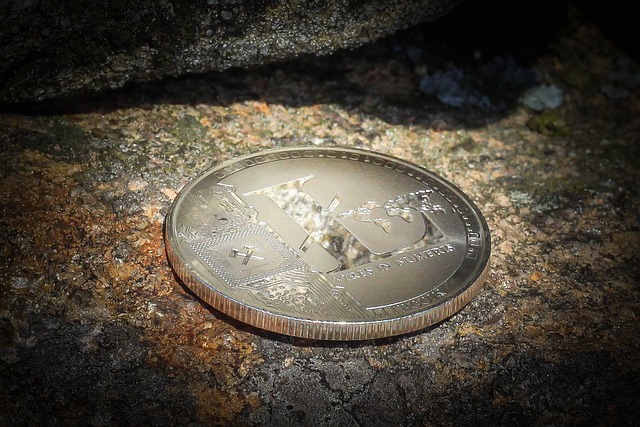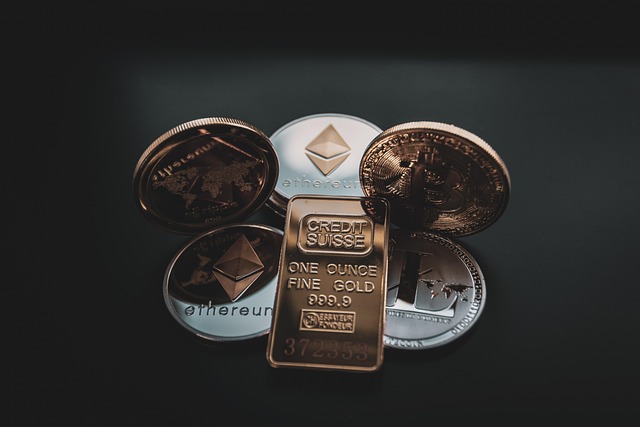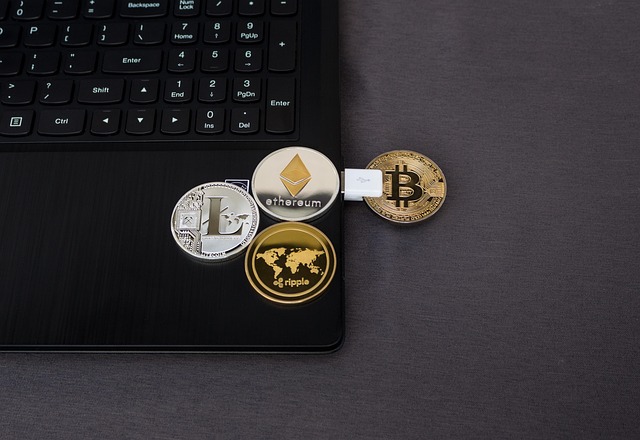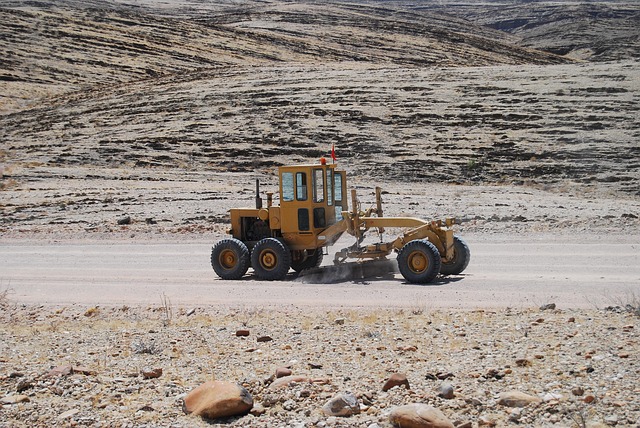Litecoin mining has evolved dramatically since its 2011 launch, transitioning from CPU/GPU to specialized Application-Specific Integrated Circuits (ASICs) that enhance efficiency while reducing energy costs. As a faster and more accessible alternative to Bitcoin, Litecoin—introduced by Charlie Lee—has gained popularity for its open-source nature and practical blockchain applications in peer-to-peer transactions. Continuous technological advancements, including pool mining and cloud mining, have made Litecoin mining more accessible and environmentally friendly, attracting both seasoned professionals and new participants worldwide.
“The world of Litecoin mining has witnessed significant transformations, driven by technological innovations and a relentless pursuit of energy efficiency. This article delves into the latest advancements that are reshaping the landscape of Litecoin mining. From the evolution of ASIC technology to groundbreaking off-chain solutions, we explore how these developments enhance performance while addressing environmental concerns. Understanding Litecoin’s unique position in cryptocurrency and its mining history provides context for these game-changing innovations.”
- Litecoin Mining: A Brief Overview
- – What is Litecoin and its significance in the cryptocurrency landscape
- – History of Litecoin mining and its evolution
- Innovations in Litecoin Mining
Litecoin Mining: A Brief Overview

Litecoin mining, a cornerstone of the cryptocurrency’s ecosystem, involves the process of validating transactions and creating new blocks on the Litecoin blockchain using computational power. Unlike Bitcoin, which relies heavily on specialized hardware, Litecoin initially allowed for more accessible mining through CPUs and GPUs. However, as the network grew, the competitive nature of mining led to the emergence of Application-Specific Integrated Circuits (ASICs) specifically designed for Litecoin mining, offering significant performance advantages.
This evolution has driven a race for efficiency, with miners constantly seeking ways to maximize processing power while minimizing energy consumption. The pursuit of energy-efficient mining solutions is crucial not only for Litecoin’s sustainability but also for the broader cryptocurrency industry, reflecting the growing emphasis on environmental responsibility within the digital currency space.
– What is Litecoin and its significance in the cryptocurrency landscape

Litecoin, often referred to as the “silver to Bitcoin’s gold,” is a leading cryptocurrency that has been making waves since its inception in 2011. It shares many similarities with Bitcoin, including being a decentralized digital currency based on blockchain technology. However, Litecoin sets itself apart with faster transaction confirmations and a higher maximum supply, making it a popular choice for everyday transactions and a store of value. Its open-source nature encourages widespread adoption and continuous development by a dedicated community.
In the dynamic cryptocurrency landscape, Litecoin holds significant importance as a pioneer and a key player. It offers an alternative to Bitcoin, providing users with a faster and more efficient network for peer-to-peer transactions. This versatility has fostered its growth and popularity among investors and everyday users seeking a practical application of blockchain technology.
– History of Litecoin mining and its evolution

Litecoin, often referred to as the “silver to Bitcoin’s gold,” was created in 2011 by Charlie Lee, who aimed to enhance Bitcoin’s capabilities and increase transaction speed and efficiency. From its inception, Litecoin mining has evolved dramatically. Early miners used CPU and GPU processing power, but as the network’s difficulty increased, the need for specialized hardware became evident. This marked a significant shift, leading to the development of Application-Specific Integrated Circuits (ASICs) tailored specifically for Litecoin mining.
Over time, ASIC technology has become more advanced, resulting in substantial increases in mining efficiency and profitability. These innovations have not only accelerated transaction processing but also driven down energy consumption costs, making Litecoin mining more accessible and environmentally friendly. The history of Litecoin mining reflects a relentless pursuit of improvement, shaping the landscape of cryptocurrency mining as we know it today.
Innovations in Litecoin Mining

The world of Litecoin mining has seen significant transformations, driven by technological innovations that constantly push the boundaries of efficiency and performance. One of the most notable advancements is the evolution of application-specific integrated circuits (ASICs), which have become the go-to choice for miners due to their specialized design optimized for Litecoin algorithms. These ASICs offer immense computational power while consuming less energy, making mining more accessible and environmentally friendly.
Furthermore, the mining community has embraced innovative strategies such as pool mining and cloud mining, enabling individual miners to participate in a collaborative effort, enhancing efficiency, and reducing the high barriers to entry. With these innovations, Litecoin mining continues to adapt and evolve, attracting both seasoned professionals and newcomers interested in contributing to this decentralized digital currency’s future.
The evolution of Litecoin (LTC) mining reflects the dynamic nature of the cryptocurrency sector. Innovations such as improved algorithms and the rise of ASICs have significantly increased efficiency, making Litecoin mining more accessible and profitable. As technology advances, focusing on energy efficiency becomes paramount to sustain the environmental viability of crypto mining while ensuring Litecoin’s place in the ever-changing digital currency landscape.







Leave a Reply